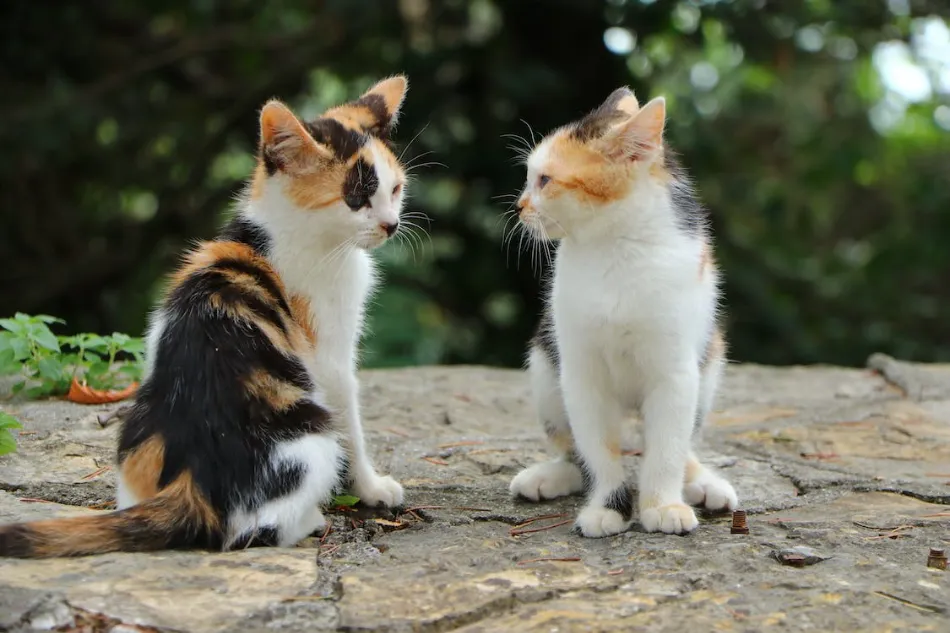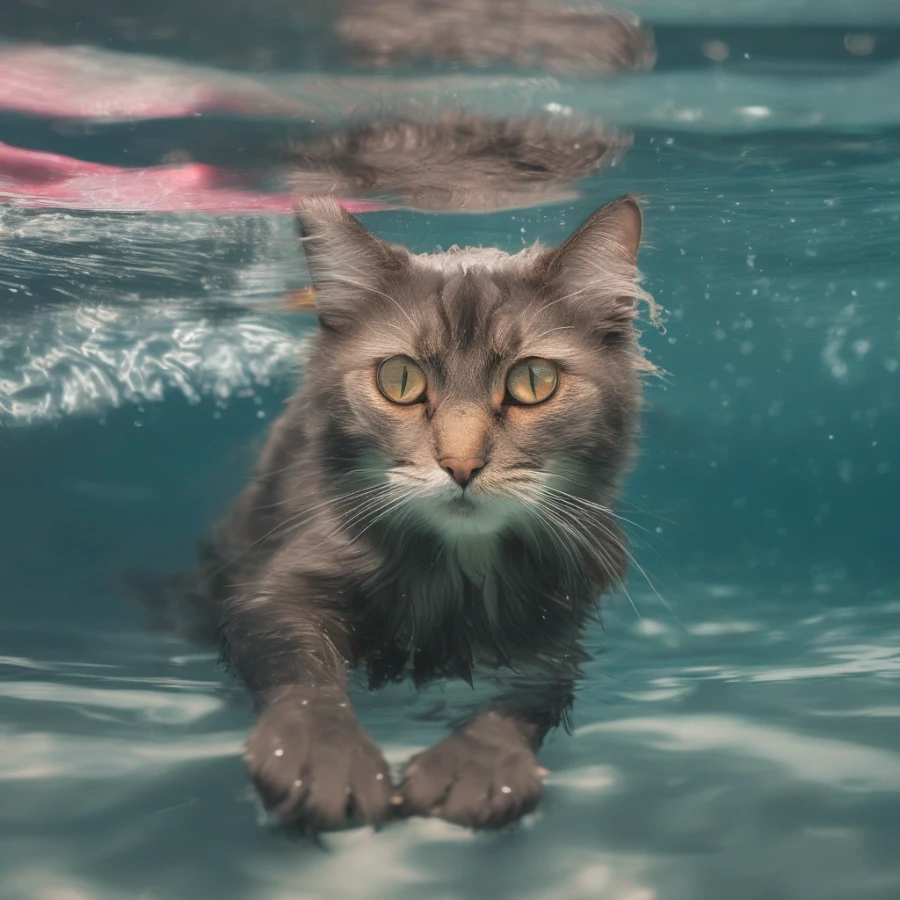Paws and Claws: How Many Toes Does a Cat Have?

Published by: Tatsiana Korshik
Time to Read: 2 Min

Cats, with their graceful and often mysterious presence, have fascinated humans for centuries. One of the charming aspects of these feline companions is their unique paw structure. Have you ever wondered how many toes a cat has? And what about the notion of cats having "fingers"? Join us as we explore the world of feline anatomy and debunk the myth surrounding cat "fingers."
Counting the Toes: On each of their front paws, cats typically have five toes. These toes include four primary digits and one dewclaw, which is positioned higher up the leg and is often not as functional as the other toes. Altogether, that makes a total of 18 toes for the front paws and 10 toes for the back paws, summing up to a grand total of 28 toes for most domestic cats.
Dispelling the "Finger" Myth: While cats' front paws might appear somewhat similar to human hands, it's important to clarify that cats do not have fingers in the same sense that humans do. Fingers are characterized by multiple joints and the ability to move independently, allowing for intricate tasks such as writing, grasping objects, and playing musical instruments. Cats' toes, while versatile and dexterous in their own right, do not possess the same level of articulation as human fingers.
Polydactyl Cats: An Exception: While the standard cat has 18 toes on their front paws and 10 toes on their back paws, there's a fascinating exception known as polydactylism. Polydactyl cats, also called "Hemingway cats," possess more than the typical number of toes. Some polydactyl cats might have up to seven toes on their front paws, resembling a feline version of extra digits.
The Wonders of Feline Adaptation: Cats' paw structure is a testament to their remarkable adaptation to their environments. Their paws have evolved to suit their needs, whether it's for stalking prey, climbing trees, or maintaining their pristine coats. While they might not have fingers, their toes are an incredible example of nature's diversity and ingenuity.
Conclusion: The next time you admire your feline friend's paws, remember that those elegant and functional appendages are perfectly suited to their lives as agile and graceful hunters. While cats don't have fingers in the human sense, their toes are an essential part of their unique anatomy, allowing them to navigate their world with finesse and charm. Let's celebrate the wonders of feline adaptation and marvel at the diversity of life on our planet.
Counting the Toes: On each of their front paws, cats typically have five toes. These toes include four primary digits and one dewclaw, which is positioned higher up the leg and is often not as functional as the other toes. Altogether, that makes a total of 18 toes for the front paws and 10 toes for the back paws, summing up to a grand total of 28 toes for most domestic cats.
Dispelling the "Finger" Myth: While cats' front paws might appear somewhat similar to human hands, it's important to clarify that cats do not have fingers in the same sense that humans do. Fingers are characterized by multiple joints and the ability to move independently, allowing for intricate tasks such as writing, grasping objects, and playing musical instruments. Cats' toes, while versatile and dexterous in their own right, do not possess the same level of articulation as human fingers.
How Many Fingers Do Cats Have?
Cats don't have fingers in the true sense, as mentioned earlier. The term "finger" refers to the structure present in primates, including humans, that allows for precise manipulation of objects. Cats' toes, on the other hand (pun intended), are designed for different functions, primarily aiding in balance, climbing, grooming, and capturing prey.Polydactyl Cats: An Exception: While the standard cat has 18 toes on their front paws and 10 toes on their back paws, there's a fascinating exception known as polydactylism. Polydactyl cats, also called "Hemingway cats," possess more than the typical number of toes. Some polydactyl cats might have up to seven toes on their front paws, resembling a feline version of extra digits.
The Wonders of Feline Adaptation: Cats' paw structure is a testament to their remarkable adaptation to their environments. Their paws have evolved to suit their needs, whether it's for stalking prey, climbing trees, or maintaining their pristine coats. While they might not have fingers, their toes are an incredible example of nature's diversity and ingenuity.
Conclusion: The next time you admire your feline friend's paws, remember that those elegant and functional appendages are perfectly suited to their lives as agile and graceful hunters. While cats don't have fingers in the human sense, their toes are an essential part of their unique anatomy, allowing them to navigate their world with finesse and charm. Let's celebrate the wonders of feline adaptation and marvel at the diversity of life on our planet.



